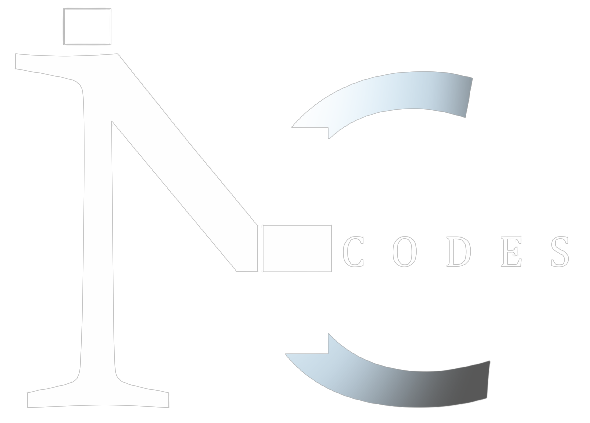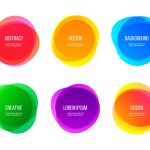
Minimalist designs are focused on clear communication of the message or idea. By removing all unnecessary elements, the designer can highlight the important elements, making it easier for the viewer to understand the message. This can be especially useful for conveying complex ideas or information.
In minimalist designs, the typography is often simple and easy to read, which enhances the legibility of the design. This can be particularly effective when designing logos, where the design must be easily recognizable and memorable.
Minimalism can also create a sense of elegance and sophistication in a design. By using simple lines and shapes, designers can create a timeless aesthetic that doesn’t become dated over time. This can be especially useful for creating branding or marketing materials that need to last for several years.
One of the key benefits of minimalism is its versatility. Minimalist designs can work across a range of mediums, including print, web, and mobile. They can also be adapted to different color palettes, making them suitable for a variety of industries and brands.
In conclusion, minimalism in graphic design is a powerful tool that can create a big impact with just a few elements. By focusing on clear communication, legibility, elegance, and versatility, designers can create designs that are both timeless and effective.




